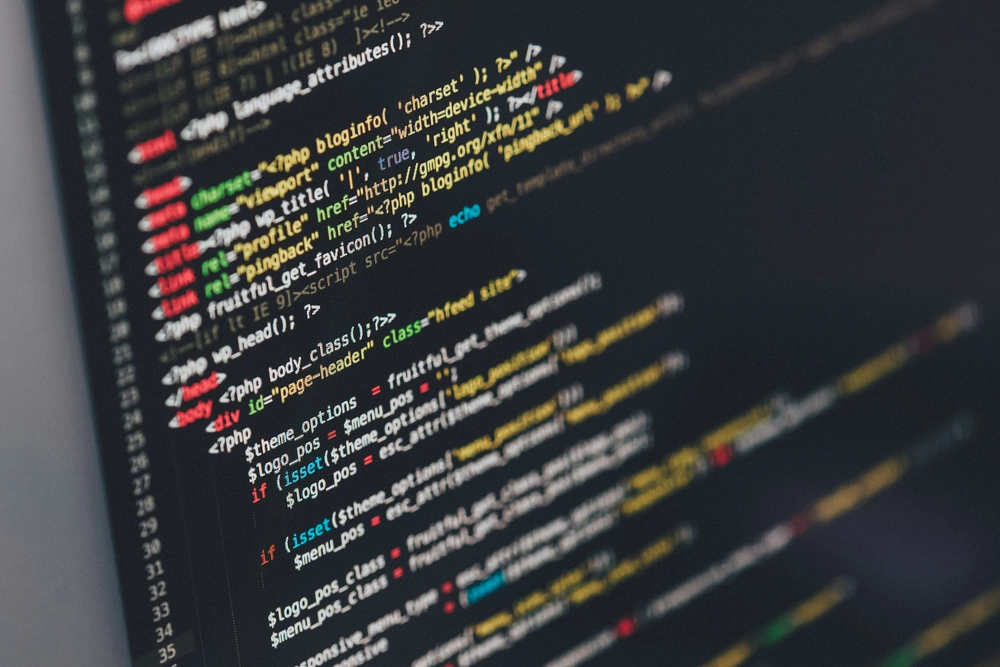Published
- 3 min read
SOC 2: Understanding, Implementation, and Benefits

What is SOC 2?
SOC 2, developed by the American Institute of Certified Public Accountants (AICPA), is a widely recognized framework for assessing and reporting on an organization’s information security controls. It focuses on five key Trust Services Criteria:
- Security
- Availability
- Processing integrity
- Confidentiality
- Privacy
This framework helps organizations prepare for audits, demonstrate their commitment to data protection, and offers significant benefits, particularly for SaaS companies.
Understanding SOC 2 Trust Services Criteria
The SOC 2 Trust Services Criteria (TSC) form the foundation of the SOC 2 compliance framework. These criteria comprise:
- Security (Common Criteria): Mandatory for all SOC 2 reports, focusing on protecting information and systems from unauthorized access.
- Availability: Relevant for companies offering continuous delivery platforms.
- Processing Integrity: Ensures system processing is complete, valid, accurate, timely, and authorized.
- Confidentiality: Crucial for handling sensitive information like financial reports or intellectual property.
- Privacy: Addresses the collection, use, retention, disclosure, and disposal of personal information.
Steps to Prepare for a SOC 2 Audit
- Choose the report type (Type I or Type II)
- Define the scope and objectives of the audit
- Conduct a gap analysis
- Implement necessary controls and policies
- Perform a readiness assessment
- Select a qualified auditor
- Gather and organize required documentation and evidence
- Conduct the formal audit process
- Review the audit report and address findings
- Establish continuous monitoring and improvement processes
Benefits of SOC 2 Compliance for SaaS Companies
- Enhanced credibility and trust with clients
- Improved risk mitigation and data protection
- Increased competitiveness in the market
- Compliance with industry-specific regulations
- Improved internal controls and operational efficiency
- New business opportunities with security-conscious clients
SOC 2 Controls List
Control Environment
- Commitment to integrity and ethical values
- Board oversight of internal control
- Organizational structure and reporting lines
- Commitment to competent personnel
Risk Assessment
- Clear objective specification
- Risk identification and analysis
- Fraud risk consideration
- Assessment of significant changes
Control Activities
- Development of risk-mitigating controls
- Technology control activities
- Policy and procedure deployment
Information and Communication
- Quality information generation
- Internal communication
- External party communication
Monitoring Activities
- Ongoing and separate evaluations
- Timely communication of deficiencies
Logical and Physical Access Controls
- Identity and access management (IAM)
- Data and network access restrictions
- Physical access limitations
System Operations Controls
- Threat detection and incident response
- Root cause analysis
- Security policy compliance
Change Management Controls
- Infrastructure, data, and software update procedures
- Comprehensive change database
Risk Mitigation Controls
- Regular risk assessments
- Business operation risk analysis
- Loss prevention measures
FAQ
Q: Is SOC 2 compliance mandatory? A: No, but it’s often expected in industries where data security is crucial.
Q: What’s the difference between SOC 1 and SOC 2? A: SOC 1 focuses on financial reporting controls, while SOC 2 examines broader data management practices.
Q: What is a SOC 2 readiness assessment? A: It’s a preliminary evaluation to identify gaps and prepare for the actual SOC 2 audit.
Q: How many SOC 2 controls are there? A: The number varies depending on the organization’s needs and scope.
Q: What are the key benefits for SaaS companies? A: Enhanced credibility, risk mitigation, regulatory compliance, operational excellence, and competitive advantage.